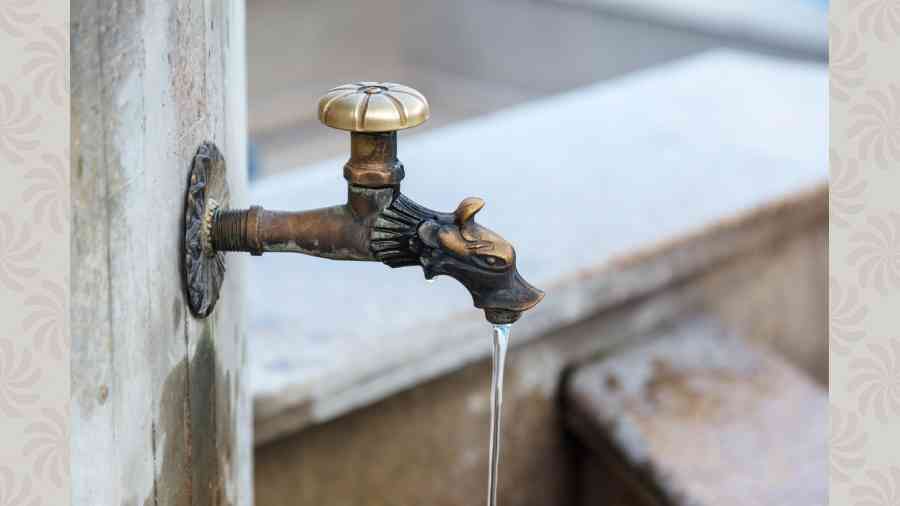The scarcity of a resource that covers 71% of the earth’s surface seems to be cruelly ironic. But that is the crisis confronting India and, particularly, the country’s poor today. Per-person water availability in India has fallen by about 75% in the 75 years since Independence. Every Indian today has access to only 1,486 cubic metres of potable water per year, which places the country in the water-stressed category. In fact, India is dangerously close to the 1,000 cubic metre benchmark that would push the country into the water-scarce category. Data from the Central Ground Water Board show that as many as 1,006 units out of the 7,089 assessed across India could be categorised as ‘over-exploited’ — more water is extracted from them than is usually replenished by the monsoon rains. Given that 62% of India’s irrigation needs and 85% of rural water supply are derived from groundwater, it is not surprising that agricultural-intensive states like Punjab, Haryana, and Tamil Nadu top the list of states with the most over-exploited groundwater units. Another factor compounding the problem is climate change. The recent synthesis report released by the Intergovernmental Panel on Climate Change — it compiled several previous reports together — has stressed that global development has to be ‘climate resilient’ if there is any hope of pulling the planet back from the brink of reaching the dreaded 1.5-degree Celsius limit of warming above pre-industrial levels by the 2030s. The intensification of climate change would worsen water paucity, generating catastrophic spillover effects in several sectors.
Safe drinking water is a public resource; in theory, it should be available to all. And yet, encroachment and pollution of surface water bodies, over extraction, the lack of alternative sources of replenishing aquifers, municipal inertia, poor urban planning, among other factors, put this public resource out of the reach of many people. Conservation of water should be prioritised, through policy interventions and by raising awareness. The steeper challenge is to find a balance between a populous country’s agricultural needs and the availability of drinking water. What makes the crisis serious is its layered nature. Plans of water conservation are meaningless unless there is a simultaneous, sustained campaign to address challenges that straddle such spheres as ecology, environment, climate, civic responsibilities, urban design and so on.










